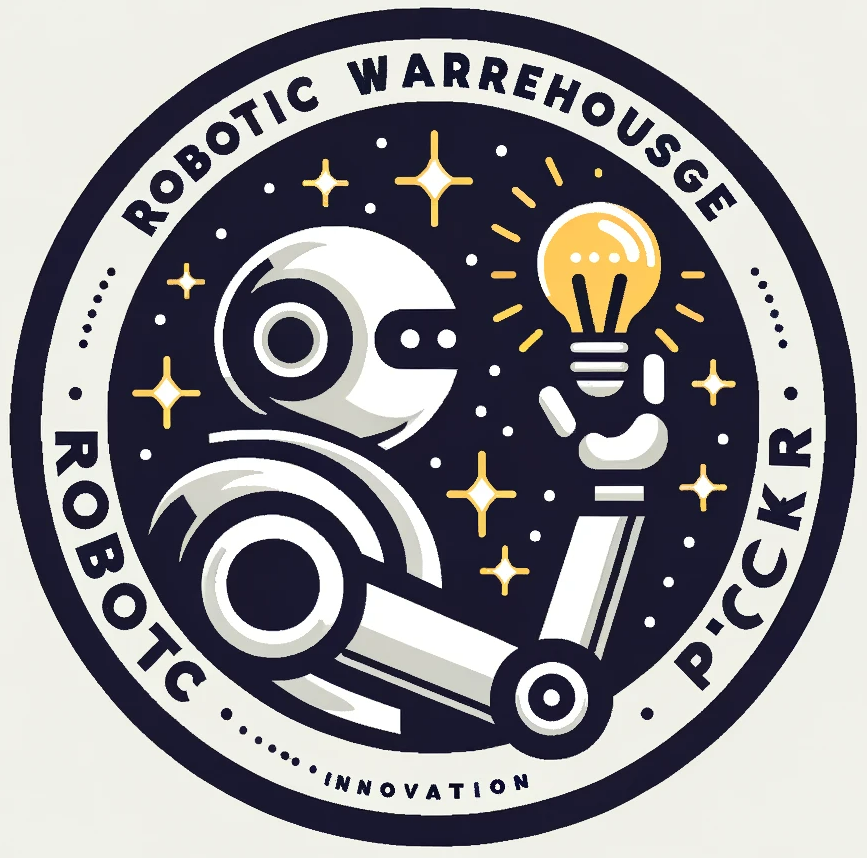Which Programming Languages Are Used to Program Warehouse Robots?
Modern science has been more efficient when it comes to robots. And the programming languages are the key to developing robotic skills. So, it is significant to learn programming languages, which are necessary for creating and designing programmable devices, commonly known as robots. Robotics brings together scientific and engineering disciplines. It leads to the creation of artificial systems with capabilities that have the potential to operate independently. Now, you may be wondering which programming languages are used to program warehouse robots. No worries, we have got you covered in this guide.
As we are talking about warehouse robots, they have changed the way products are stored, picked, and transported in large distribution centers. These robots have become a vital part of the logistics and e-commerce industries. It also enhances the accuracy, efficiency, and speed of handling tasks that were once difficult. The programming of these robots is an acute aspect of their functionality. It enables them to navigate, use, and interact within a warehouse environment.
So, to get the answer to the question, “Which programming languages are used in robotics,” we have outlined everything in detail in this guide. With that said, you can also get to know which programming language you should learn first. So, stick around and keep reading!
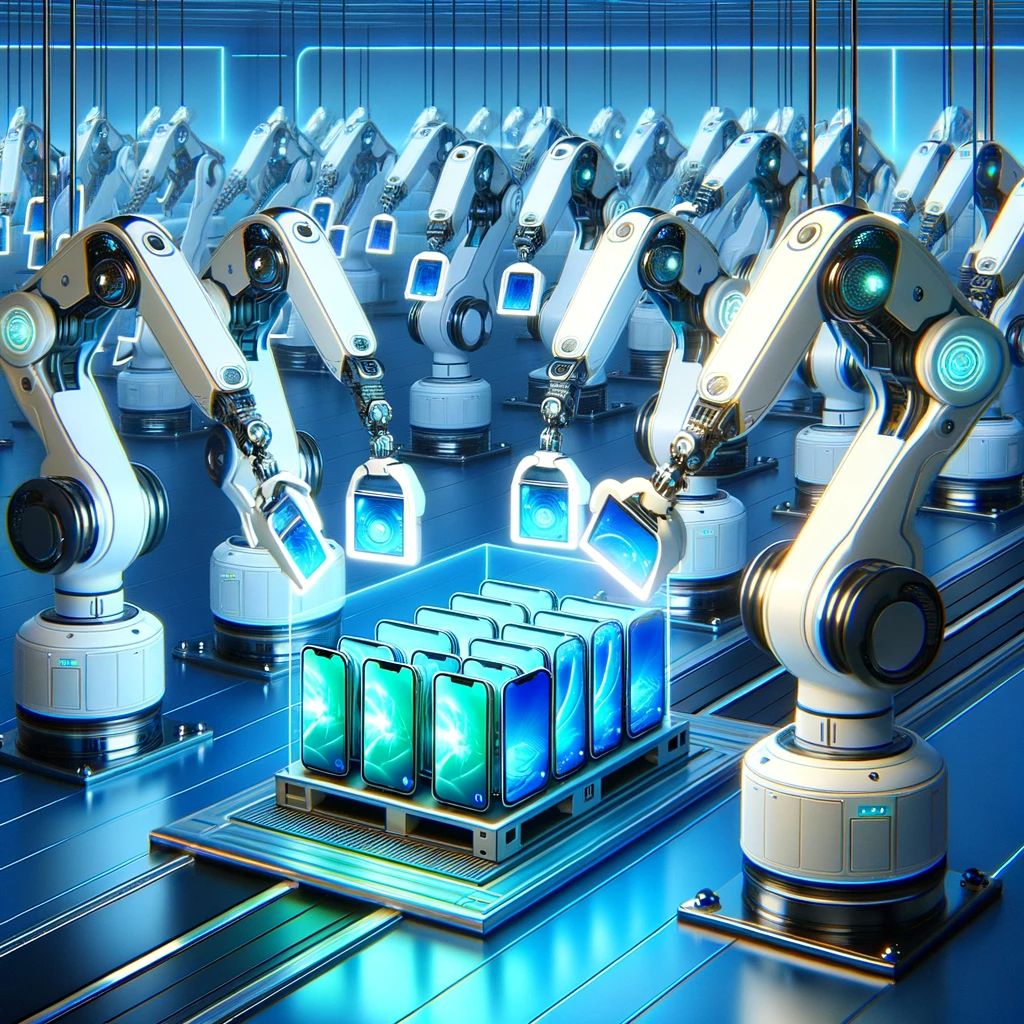
What are Warehouse Robotics
Robotics are all about designing, building, and operating robots that can do things humans do. The main intent is to design machines that can efficiently replicate human activity in various fields. A warehouse robotics program uses robots and automated machines to perform a variety of tasks within a warehouse. These tasks include inventory management, material handling, autonomous navigation, and order fulfilment. Warehouse robots come in different forms. So, robotics is the integration of computer science and engineering. With that regard, robots are created through the integration of the following fields.
- Bio Engineering
- Mathematics
- Mechanical Engineering
- Software Development
- Mechatronics
- Electrical Engineering
- Information Engineering
Hence, the primary goal of these robots is to reduce human labor, simplify operations, minimize errors, and enhance overall efficiency in warehouse management.

Programming Languages Used to Program Warehouse Robots
Programming robots need a multiple set of languages to handle the specific requirements of different robotic systems and applications. Here’s an overview of the best programming languages commonly used for programming robots.
1. C and C++
The C language is a foundational and low-level programming language. It is used in robotics to control hardware, predictability, and efficiency. It provides direct access to memory and hardware components. Also, C language makes it ideal for real-time systems and microcontroller programming. C is often the language of choice for developing firmware and drivers in robots. It ensures exact control of motors, sensors, and other components.
Moreover, building upon C language, C++ extends its capabilities by presenting object-oriented programming (OOP) features. It makes C++ an attractive option for robotics projects that require modular and maintainable code. Also, C++ is used to develop complex robotic systems. It is used to organize software components into reusable objects. With that regard, the Robot Operating System (ROS) incorporates C++ to facilitate robot control and communication. Hence, it indicates the language’s significance in the field.
2. Java
It is a high-level, cross-platform programming language known for its “write once, run anywhere” concept. In robotics, Java is used for applications running on a robot’s onboard computer. Java’s platform flexibility allows developers to create robot software that can run on multiple operating systems without any change. Its extensive standard libraries are useful for several tasks. It can be like user interface development, image processing, and networking. And it makes it suitable for creating control interfaces and communication systems for robots.
3. Python
Python is known for its simplicity and readability. The simplicity of Python makes it one of the most popular languages in the robotics field. It is used for many purposes. It can be from data analysis and scripting to high-level control of robots. Python’s versatility shines through in frameworks like PyRobot and ROS, which provide Python APIs for robotic development. Also, Python allows roboticists to write concise and clear code for tasks. These tasks include simulation, control, and robot perception. It all makes Python a go-to choice for research projects and quick prototyping.
4. MATLAB
MATLAB is a domain specific high level language. It is specifically used for numerical computing and data analysis. In robotics, MATLAB also finds extensive use in research and development. Its libraries are a valuable resource for analysing collected data from robot sensors, conducting simulations, and developing control algorithms. Researchers and Engineers rely on MATLAB to model and validate the behaviour of robotic systems. It makes it an integral language for prototyping, algorithm, and system analysis in the robotics field.
5. .NET
The .NET framework contains various languages, such as C# and F#, for robotic applications. The C# is widely preferred for developing robot control software on Windows-based platforms. It is renowned for its strong integration with Microsoft technologies and extensive features for creating user interfaces and networking. Similarly, the F#, a functional-first language within the .NET ecosystem, is used for its capabilities. It is widely used in functional programming and parallelism. Hence, .NET makes it useful for advanced robotics research in domains like machine learning and AI.
6. HDLs (Hardware Description Languages)
HDLs like VHDL and Verilog are not traditional programming languages. However, they are domain-specific languages used for the description and design of digital hardware components in robots. With the help of these languages, engineers are able to specify the behaviour of ASICs, FPGAs, and digital circuits. Thus, HDLs play a pivotal role in customizing and optimizing the digital control systems of robots. It confirms they fulfil specific requirements and perform tasks with accuracy.
7. Pascal
As Pascal is less dominant in modern robotics, it is still suitable for certain applications. Pascal is valued for its ease of learning and clear syntax. This makes it a suitable choice for low-level programming tasks. It is particularly useful when working with legacy systems or in situations where simplicity is important. The robustness of Pascal is preferred over the advanced features offered by more modern languages.
8. Lisp
This programming language is widely associated with AI and robotics research. In the field of robotics, Lisp is used for developing intelligent robotic systems, especially for tasks that need adaptive decision-making, knowledge representation, and symbolic reasoning. Its flexibility and support for using symbols make it a valuable choice for creating high-level control logic. Thus, it enables robots to make complex decisions and adapt to changing environments effectively.
Hence, each of these programming languages has its unique features. So, the choice of which one to use depends on the robot’s needs and its intended use. In many cases, a combination of these languages may be used in a robotics project to make use of the unique capabilities of each.
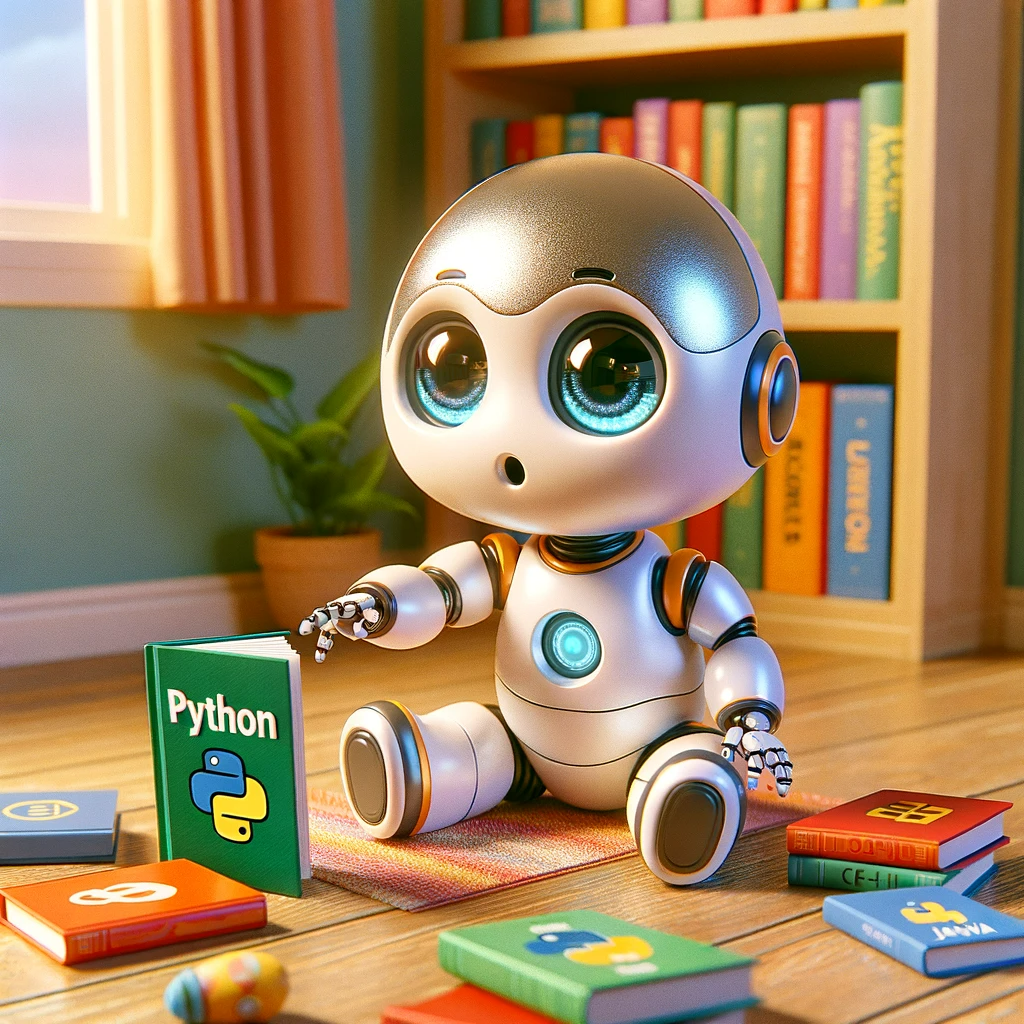
Which Programming Language You Should Learn First?
Well, it all depends on which robotics field you plan to work in and specialize in. So, factors like what is your level of expertise in the language you are currently learning also matter. However, to have the basics of robotics knowledge, you should go for C++ and Python. This is because both languages are similar in their application of basic concepts that are commonly used in robotics.
Robotics is not only about software. It also involves equally important hardware concepts. The main hurdle in robotics is to interface and integrate hardware with software so that the former works according to the newest. However, the choice of programming language for robotics depends on various factors. It includes the type of robots you intend to work with and the specific tasks they need to perform. Learning multiple languages is often beneficial in the field of robotics. It allows you to adapt to different robot platforms and tasks.
If you are a beginner, Python is an excellent choice. It is due to its simplicity and extensive features for robotics. As you gain experience, it’s valuable to learn languages like C++ and specialized tools like ROS to work with a broader range of robotic systems. With a basic knowledge of C++, it would be easy for you to start learning about robotics.
Which languages to learn is itself a question with a very wide area of answers. Therefore, we recommend you start with Python, follow the above points, and as you progress, you’ll be able to identify the projects and technologies you want to work on for yourself.

Program A Robot with Python and C++
Both languages are currently the most commonly used programming languages in the robotics field. These languages are crucial for testing autonomous mobile robots and are widely used among ROS developers.
- Programming A Robot with Python
It is an open-source programming language that is widely recognized as the language of data. It is one of the most versatile, simplest, and popular programming languages out there. Python is an object-oriented programming (OOP) language that is extensively used in the development of AI and VR. Python is a highly flexible and fast language that is ideal for prototyping. Unlike other languages, it doesn’t need compilation before execution. Thus, it makes it easy for end-users to run the code. However, one downside of Python is that it may sometimes crash in the middle of a program because it doesn’t detect errors until execution. - Programming A Robot with C++
The C++ programming language was developed as an extension of C. It is a multi-model language, as it contains generic programming, structured programming, and object-oriented models. However, developing applications in C++ may take longer due to the need to compile the software. Still, it is a robust language that allows for the creation of complex programs with a solid structure while minimizing errors and mistakes.
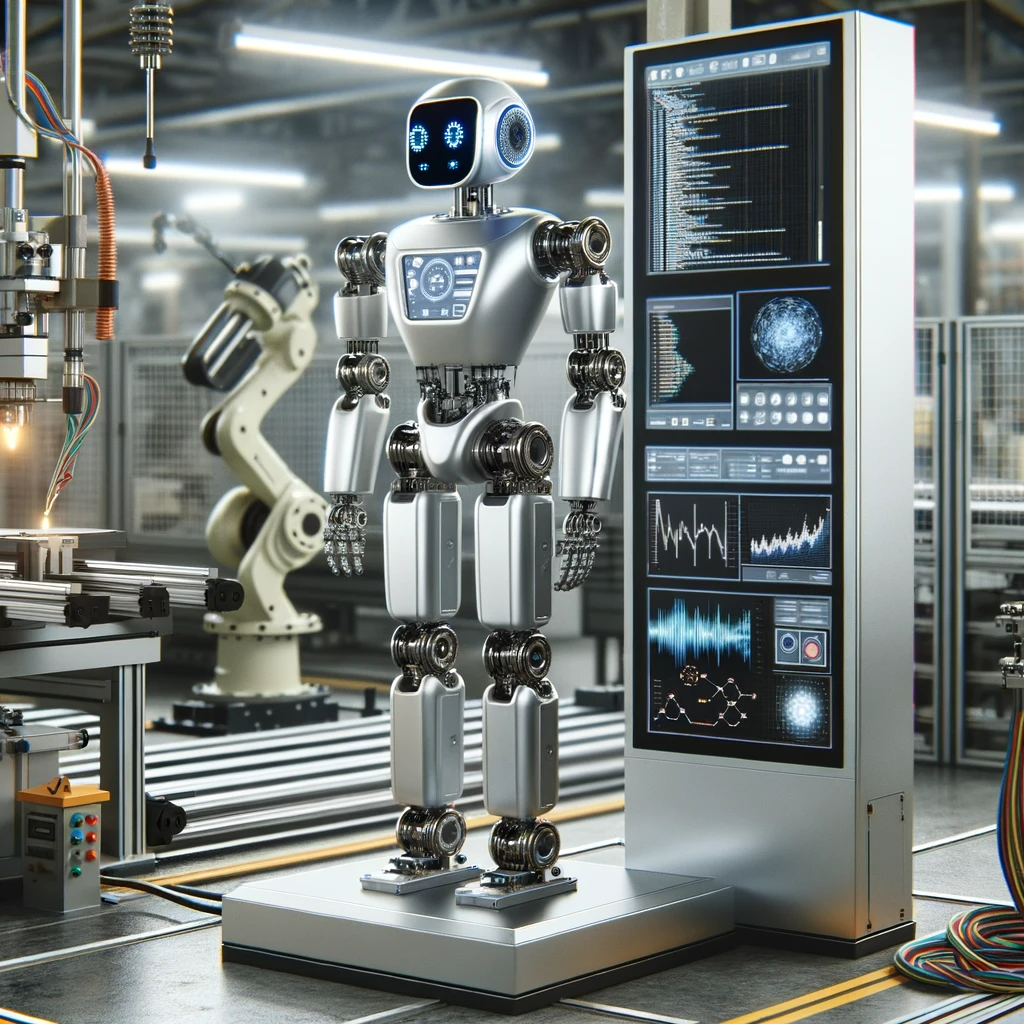
Machine Learning in Robotics
Robot learning is a field where machine learning and robotics come together. Robot learning studies the techniques used to enable a robot to learn new skills through ML algorithms. Robot learning has been used in several applications. It includes linguistic interaction, object categorization, and grasping objects. Also, robots can learn through self-exploration or with the help of a human operator.
Intelligent robots require human input or sensor data to accumulate facts and learn. After that, the robot’s processing unit compares the recently acquired data with its stored information to indicate the best method of action based on the data it has gathered. Yet, it is important to note that robots can only solve problems they’re designed to tackle and don’t have general analytical abilities.
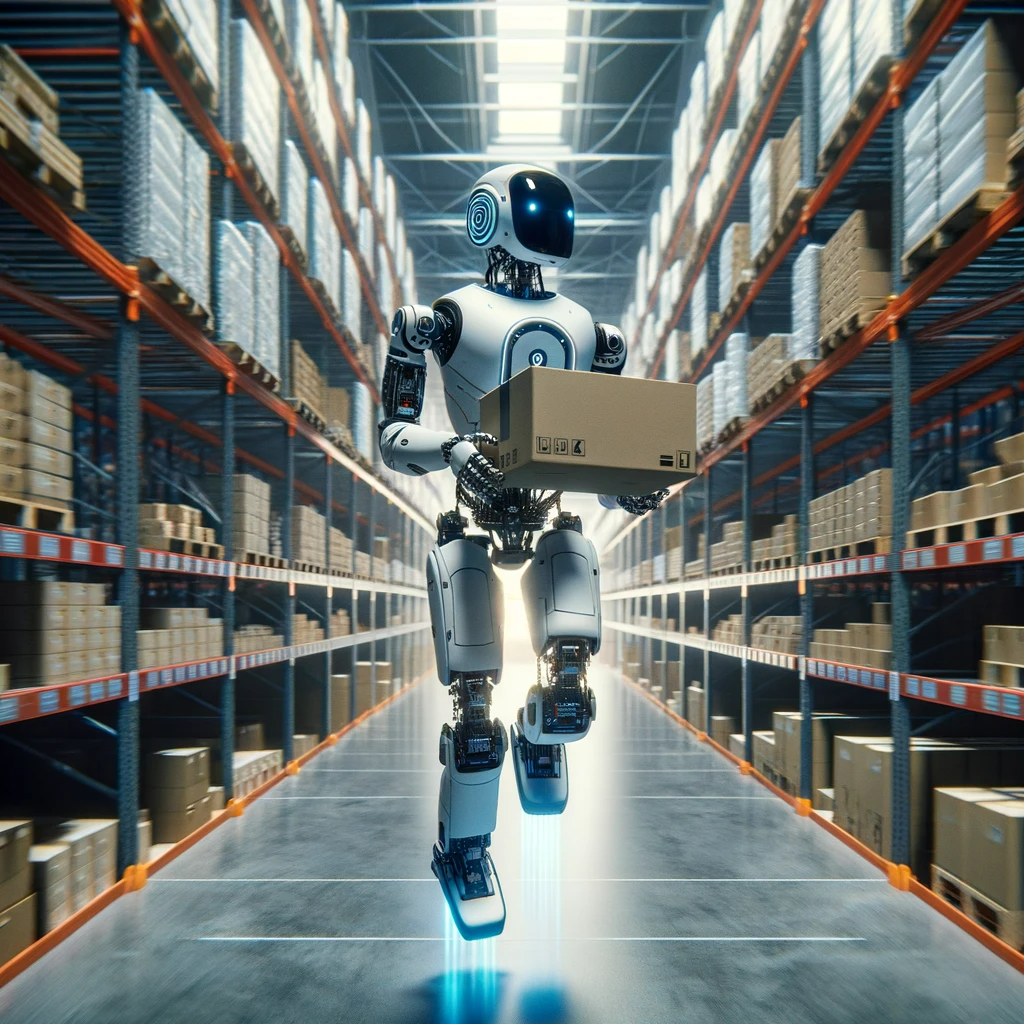
The Future of Robotics
With the advancement of AI, ML, and sensor technologies, robots are becoming more efficient and flexible than ever before. They are expected to play a pivotal role in a wide range of fields and applications in the near future. According to a study conducted by Spherical Insights and Consulting, the global robotics market is estimated to grow from $25.82 billion in 2022 to $115.88 billion by 2032.
The increasing use of robotics in many fields raises concerns about employment. According to Oxford Economics, up to 20 million jobs could be taken over by robots by 2030. However, it’s important to note that the use of robots can also lead to the creation of new employment opportunities in areas like programming and maintenance despite the potential for job loss. So, it’s significant to consider the effects of technological advancements while also recognizing the benefits they can bring.
The Bottom Line
So, robotics is playing a critical role in shaping the future of warehouses with advances in AI, ML, and computer vision. Robots are becoming more adaptable and capable of handling complex tasks in busy environments. And this progress is done by innovations in programming languages, algorithms, and hardware. In the supply chain, warehouse robotics is improving efficiency and accuracy by improving the way goods are managed and shipped.
Hence, the programming of these robots relies on multiple languages. It can be from C and C++ to high-level coordination with Python and specialized frameworks like ROS. So, as the field of robotics advances, those interested in working with warehouse robots should stay updated with the programming languages and technologies. It is to remain at the top of this dynamic industry.
